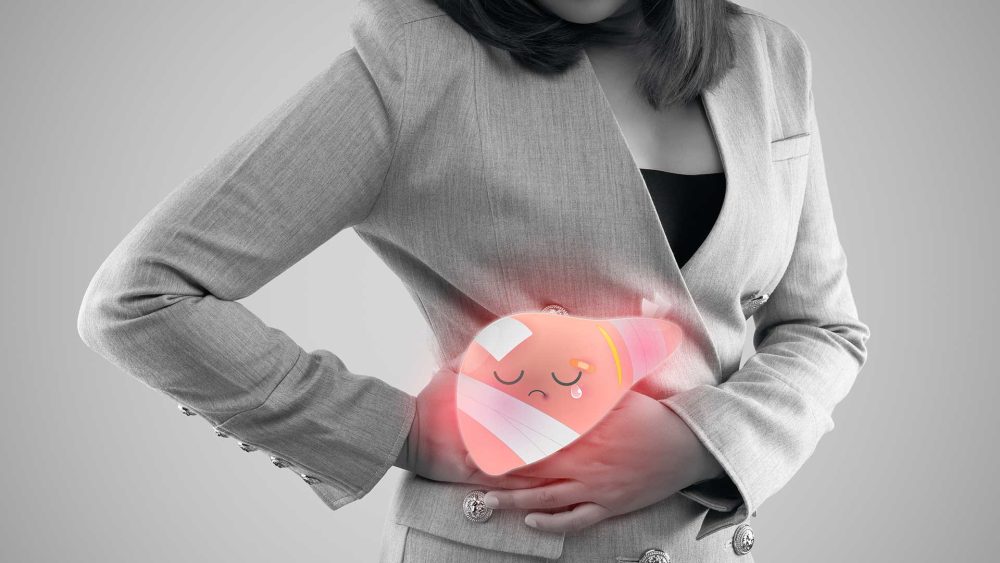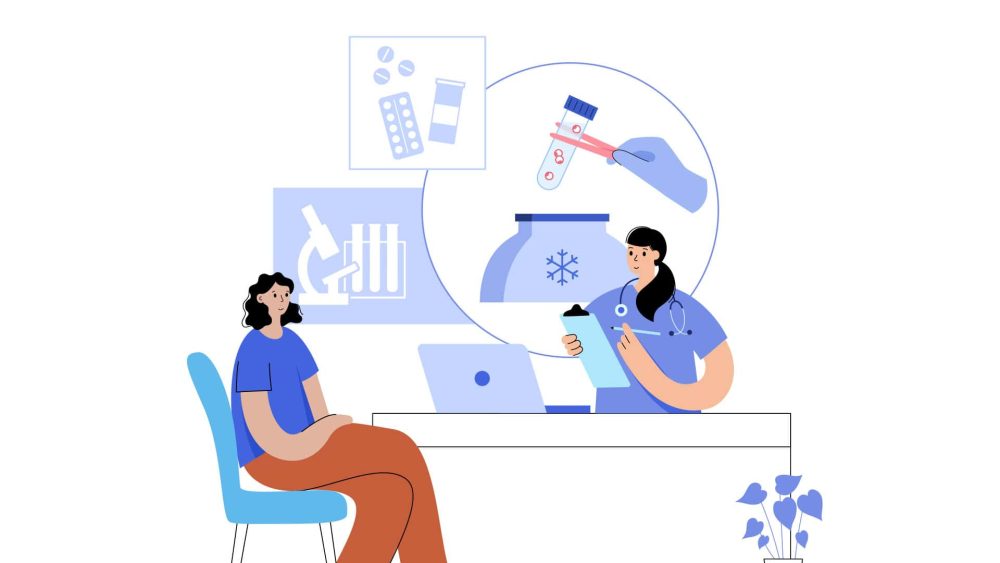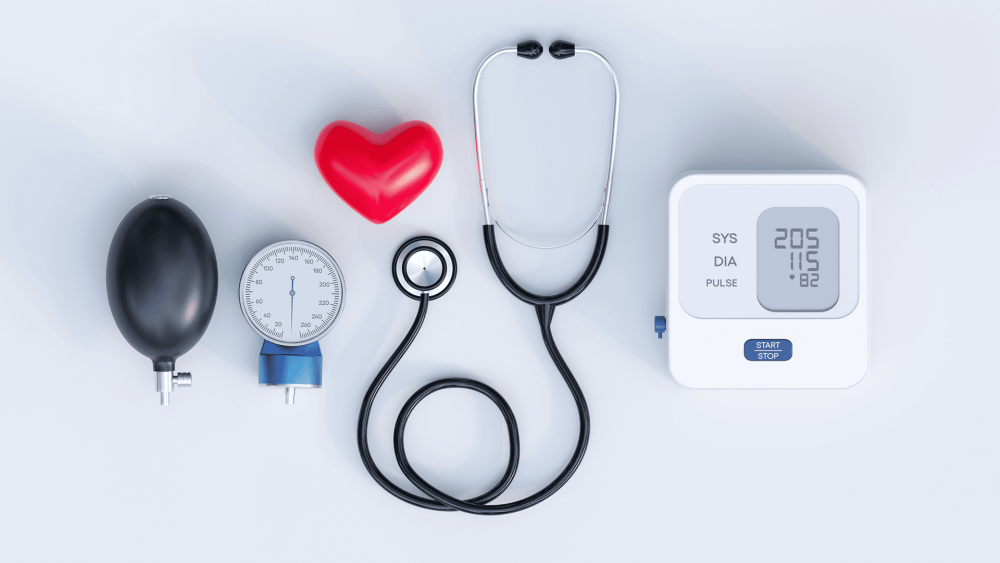Migraine is one of the most common and severe types of headaches. It usually occurs on one side of the head, but may spread to the other side. It can also occur on both sides simultaneously. While migraine can affect any age, it is most common between people between 20 to 50 years old. Women are more likely to get migraine attacks due to hormonal changes during or before menstrual period, pregnancy and menopause. People with a family history of migraines have a good chance of developing this type of headache.
Your migraine might be considered as chronic if it occurs for 15 or more days a month, constantly for more than three months.
Symptoms of Migraines
The headache may start from only side of the head and may gradually spread to both sides. It could possibly affect both sides at the same time. Other symptoms, such as nausea, vomiting, sensitivity to certain lights, sounds, and sometimes smells and touch may also accompany the headache. Engaging in simple activities such as walking, may even worsen the pain.
Some people may experience an aura before or during a migraine attack. It is a sensory disturbance that develops and disappears gradually, usually lasting up to an hour. The aura may include:
- Seeing various shapes
- Change / loss of vision
- Tingling sensation in your limbs
- Seeing flickering and flashing spots of light
- Difficulty in speech
Factors Triggering a Migraine Attack
There are several factors that could trigger a migraine attack. These include:
Diet: Going without food for extended periods may trigger an attack. Some people may experience an attack after eating certain foods and beverages that contains alcohol, MSG, or caffeine
Environmental changes: Temperature, altitude, or weather changes can cause a migraine attack
Medication: Oral contraceptives, hormone replacement therapy, and certain cardiovascular medications may worsen migraine headaches
Stress: Undergoing a period of stress, or a release from stress, can bring about a migraine
Exposure to sensory stimuli: Exposure to bright lights, strong smells, loud noises, or smoke may trigger an attack
Physical factors: Fatigue or overexertion may also contribute to a migraine attack
Sleep changes: Too much or too little sleep can bring about a migraine. Jet lag could also trigger migraines in some people
Hormonal changes in women: Before or during menstrual periods, pregnancy and menopause seems to trigger headaches in many women
Diagnosing and Treating Migraines
Migraine occurrence varies from person-to-person and may last for up to 72 hours if left untreated. Based on the signs and symptoms, your doctor will make a diagnosis based on the physical examination and findings. Following which, an appropriate treatment plan will be prescribed for you.
You can also prevent and reduce the frequency and intensity of migraines by:
Identifying and avoiding migraine triggers: Even though migraines may occur even without a trigger, recognising and avoiding known triggers may reduce the frequency of migraines occurring
Taking medication to treat attacks: Off-the-counter painkillers may be effective in reducing the intensity and duration of migraine attacks. You should take them when needed, or under the advice of your doctor, as these medications may have side effects
Resting: Finding a quiet and dark room to rest in at the start of a migraine attack may reduce its intensity. This can be combined with medication to improve your symptoms
Regularly exercising: Regular exercise reduces stress and tension, which contributes to reducing the frequency of migraines. Aerobic exercise, in particular, may be beneficial
Maintaining a regular routine: Eating at regular timings and sticking to regular sleeping hours may reduce the frequency of migraines
Even though migraine pain can be severe and debilitating, with the right combination of treatments, it could greatly improve your quality of life. Fortunately, as you age, migraine attacks typically become less severe and occur less often.
If you have unusual or severe migraine-type headache, or find that your pain suddenly worsening, you should see a neurologist. The neurologist will run additional diagnostic tests to rule out other possible causes of your pain.
At Raffles Neuroscience Centre, our neurologists work with an experienced team of health professionals to deliver quality treatment. A customised treatment plan will be made for you, which may include the use of minimally invasive treatments to improve recovery time and reduce post-procedural pain. With our help, you can reduce your headaches and improve your quality of life.










